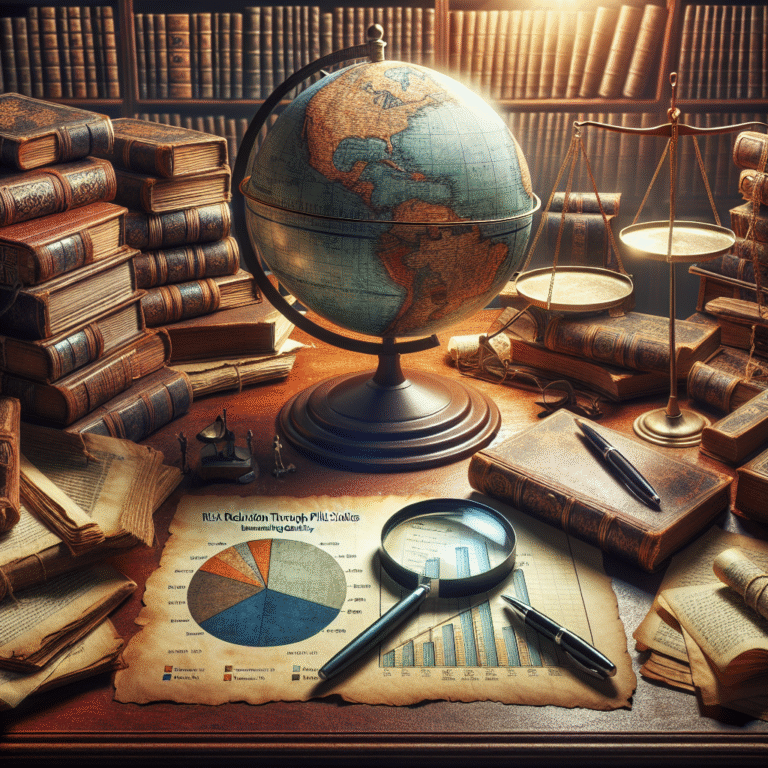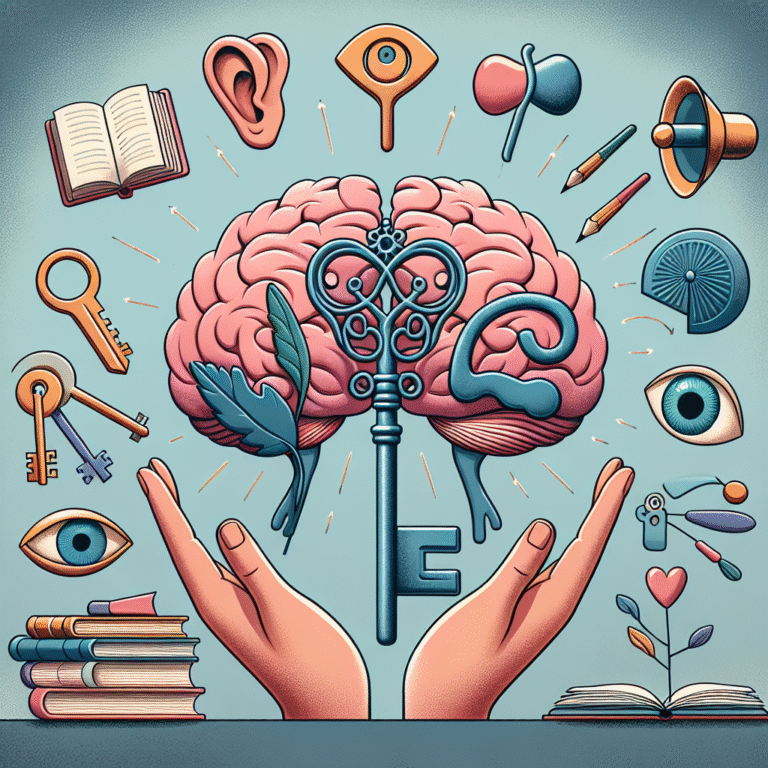
Introduction
Imagine conducting a complex survey aimed at understanding consumer behavior. You collect data and analyze it, only to find that your results are skewed because you overlooked the role of independent variables. This oversight can lead to misguided strategies and lost opportunities in any discipline—from business to healthcare to social sciences. In statistical analysis, mastering the concept of independent variables is not just advisable; it’s essential. In this article, we will dive deep into Variables Understood: The Significance of ‘Independents’ in Statistical Analysis, shedding light on their crucial roles, applications, and implications.
What Are Independent Variables?
Independent variables, often denoted as "predictor" or "explanatory" variables, are the driving force behind changes in the dependent variable—the outcome you’re trying to understand. Understanding the relationship between independent and dependent variables is fundamental to statistical analysis.
Example
Consider a study examining the impact of educational background (independent variable) on income level (dependent variable). Here, as you manipulate or observe changes in educational attainment, you can assess how it influences income.
The Role of Independent Variables in Statistical Models
1. Formulating Hypotheses
Independent variables enable researchers to formulate hypotheses. For example, a hypothesis might state, "Increasing hours of study (independent variable) will result in higher test scores (dependent variable)."
2. Building Predictive Models
Independent variables are essential in creating predictive models. For instance, in machine learning, features (independent variables) serve as inputs to predict outcomes, significantly influencing algorithms and results.
3. Understanding Causation vs. Correlation
Recognizing the function of independent variables helps distinguish between causation and correlation. For instance, while hours of exercise (independent variable) might correlate with decreased health issues (dependent variable), it is important to analyze other contributing factors to affirm a causal relationship.
Table 1: Causation vs. Correlation
| Attribute | Causation | Correlation |
|---|---|---|
| Definition | One variable directly affects another | Variables move together |
| Evidence | Requires controlled experiments | Observational data suffices |
| Example | Smoking causes lung cancer | Ice cream sales correlate with temperature |
The Practical Applications of Independent Variables
Real-world Case Studies
Case Study 1: Education and Earnings
A comprehensive study by the Bureau of Labor Statistics found that individuals with higher education levels (independent variable) earn significantly more over their lifetimes (dependent variable), reinforcing the importance of education in socioeconomic studies. Variables understood—examining these independents can offer insights into policy-making in education and workforce development.
Analysis
This case study underscores how independent variables can inform economic policies aimed at increasing funding for higher education and vocational training. Policymakers can use these insights to enhance community programs.
Chart 1: Education Level vs. Average Income
[Insert bar chart depicting the relationship between education level and average income.]
2. Business Analytics
In the corporate world, independent variables are indispensable. Companies use them to analyze market trends and consumer behaviors. For example, a retail company may use advertising spend (independent variable) to measure sales growth (dependent variable).
Case Study 2: Marketing Campaigns
Consider a business that increased its social media advertising budget by 25%. By measuring the uptick in sales, the company identified social media engagement as a significant independent variable affecting its growth.
Analysis
The insights gleaned from this analysis enabled the company to optimize its marketing strategy, directing resources towards successful platforms, demonstrating how vital independent variables are in strategic decision-making.
Statistical Techniques Commonly Used with Independent Variables
Multiple Regression Analysis
Multiple regression uses several independent variables to predict the value of a dependent variable. This is particularly useful in scenarios where multiple factors influence an outcome, providing a clearer understanding of relationships.
ANOVA (Analysis of Variance)
ANOVA is another statistical method that examines the impact of independent variables on a dependent variable. This is helpful in experimental studies where researchers manipulate one or more independent variables.
Example
In a clinical trial testing a new drug, researchers might measure the effects of dosages (independent variables) on patient recovery time (dependent variable). By applying ANOVA, they can identify whether variations in dosage lead to statistically significant differences in recovery rates.
The Importance of Choosing the Right Independent Variables
Relevance and Quality
The selection of appropriate independent variables can make or break a study’s conclusions. Irrelevant variables can lead to spurious findings, while high-quality, relevant variables can significantly enhance the credibility of research.
Multicollinearity
When two or more independent variables are highly correlated, it can complicate the statistical model. Multicollinearity can lead to unreliable coefficient estimates, making it essential to carefully select independent variables to avoid redundancy.
Conclusion
Understanding Variables Understood: The Significance of ‘Independents’ in Statistical Analysis transcends academic curiosity; it’s vital for effective decision-making in any field. From shaping policies to driving business success, independent variables play a pivotal role in research and analytics. Equipped with this knowledge, you can approach statistical analysis more confidently, allowing your findings to stand on solid ground.
Actionable Insights
- Evaluate Your Variables: Always assess the relevance and quality of your independent variables before starting any analysis.
- Avoid Multicollinearity: Check for correlations between your independent variables to ensure the robustness of your statistical models.
- Engage in Continuous Learning: Keep updating your knowledge of statistical techniques to make better use of independent variables.
FAQs
1. What is an independent variable?
An independent variable is a variable that is manipulated or categorized to determine its effects on a dependent variable.
2. Why are independent variables important in statistical analysis?
They help establish relationships, formulate hypotheses, and build predictive models, influencing decision-making across various fields.
3. Can an independent variable be a categorical variable?
Yes, independent variables can be either categorical or continuous, depending on the nature of the study.
4. How can I reduce multicollinearity among independent variables?
Use techniques like variance inflation factor (VIF) to identify correlated variables and eliminate or combine those that contribute to multicollinearity.
5. Where can I learn more about statistical analysis and independent variables?
Numerous online platforms offer courses ranging from beginner to advanced statistics, such as Coursera, Khan Academy, and even university programs.
By embracing the essential role of independent variables, you can harness their power to uncover deeper insights, shape research, and make informed decisions in an ever-evolving world.














